Arthropods
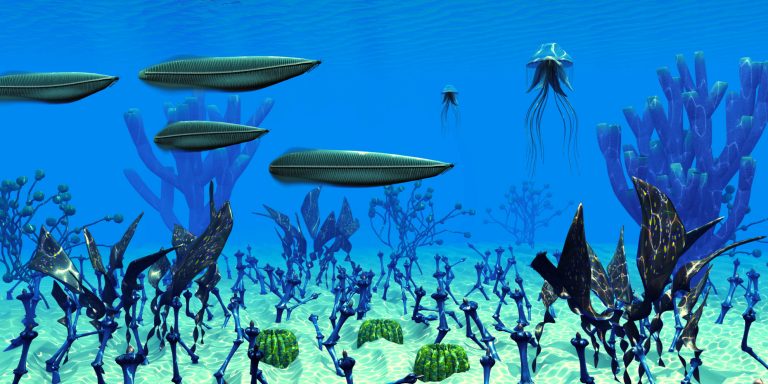
An artist depiction of four Pikaia predatory arthropods searching for prey in Cambrian Seas.
Table of Contents
There are over two million species of arthropods, who initially arrived on Earth in the middle of the Cambrian period. Naturally, they were more evolved than their ancestors in a variety of ways and thus possessed their own unique characteristics.
Essentially, arthropods are characterized by possessing jointed limbs and an exoskeleton. They are the most successful animal Phylum on the planet, in regards to population size and species diversity. There is thought to be over 2 million types of arthropod in today’s world.
The exoskeleton may illustrate what life was like at the time. It is of a defensive, protective nature to possess a shell, thus this suggests that competition was quite fierce in the Cambrian era, both from parasites and potential predators.
The arthropods were also the first taxon of species to exhibit more advanced receptors in the form of eyes (photoreceptors) and the development of various chemoreceptors that could be used in both the external and internal environment. Such developments have naturally been advantageous over time, illustrated by ourselves.
Since the arthropods possessed such desirable features, their survival over the long term is apparent by their genetic diversity, elaborated upon below.
Crustaceans
As life originated in the sea, the sea was still a valuable ecological niche to the numerous species of the time. Crustacean means insect of the sea, and is a Subphylum of the Arthropoda Phylum.
Although abundant, the crustaceans remain relatively simple in the grand scheme of life, and thus did not diversify well in comparison to other organisms. Some of the species in this class were able to occupy the freshwater ecosystem over time, though not as successful as what could have been. Competition from more adaptive organisms would have been a biotic factor here.
The continued use of feet was evident in these organisms, as a continuation of the organisms mentioned on the previous page of the timeline. The fact that the species’ limbs were now jointed, they could move more flexibly and thus had an advantage.
Many crustaceans are herbivores, meaning they obtain food from the consumption of plants. They are of great importance to aquatic ecosystems, and are above species of phytoplankton (microscopic plants) in the food chain. This can be related to in the freshwater ecology tutorial investigating food chains and plankton.
Also, many crustacean animals feed on molluscs, the more evolutionary primitive animals mentioned on the previous page.
Myriapods
Including centipedes and millipedes, these species take advantage of the advent of feet and organs assisting movement across the ground.
Since the Myriapods have so many legs, the co-ordinated escape from predators is slow. This has led to them adapting and evolving chemical defenses when potential biological danger comes too close.
They also harness the use of chemoreceptors to assist them in their external environment, as well as physiological adaptations to assist them in burrowing into the ground, another method of defense, and also a way of diversifying into ground-based environments over time.
Arachnids
Arachnids were one of the first taxon of species to occupy dry land, the first transition from dry land from the life origins of the sea. Due to these bold creatures’ actions, their ancestors have successfully realized their species goal of survival, occupying previously sterile, unchallenged environments.
This would have occurred around a quarter of a billion years ago, approximately the same distance in time between the present > then and then > the origin of life. As a side note, it is quite interesting to note that humans begin to occupy space at around the same time scale involving life moving from the sea to land.
You will also like...
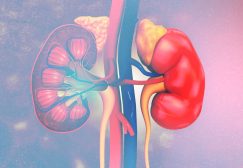
Kidneys and Regulation of Water and Inorganic Ions
The kidneys are responsible for the regulation of water and inorganic ions. Read this tutorial to learn about the differ..
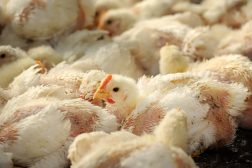
Selective Breeding
Gregor Mendel's studies into Monohybrid and Dihybrid crossing and Charles Darwin's study of evolution and natural select..

Running Water Freshwater Community Factors
This tutorial noted some of the physical and chemical factors that provide the framework of a running water community in..
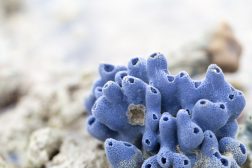
Primitive Animals
Life, as we know it today, is presumed to have started in the sea and many of them were likely eukaryotic animal-like or..
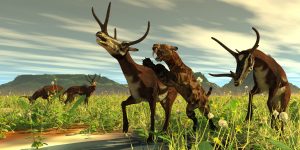
Early Mammals on Earth
The Earth's ecosphere was rapidly changing and throwing up a wide range of ecological niches that new adaptive organisms..
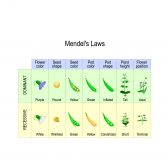
Mendel’s Law & Mendelian Genetics
One of Mendel’s law of inheritance is the “law of dominance”. Read this tutorial to know more about this form of i..
